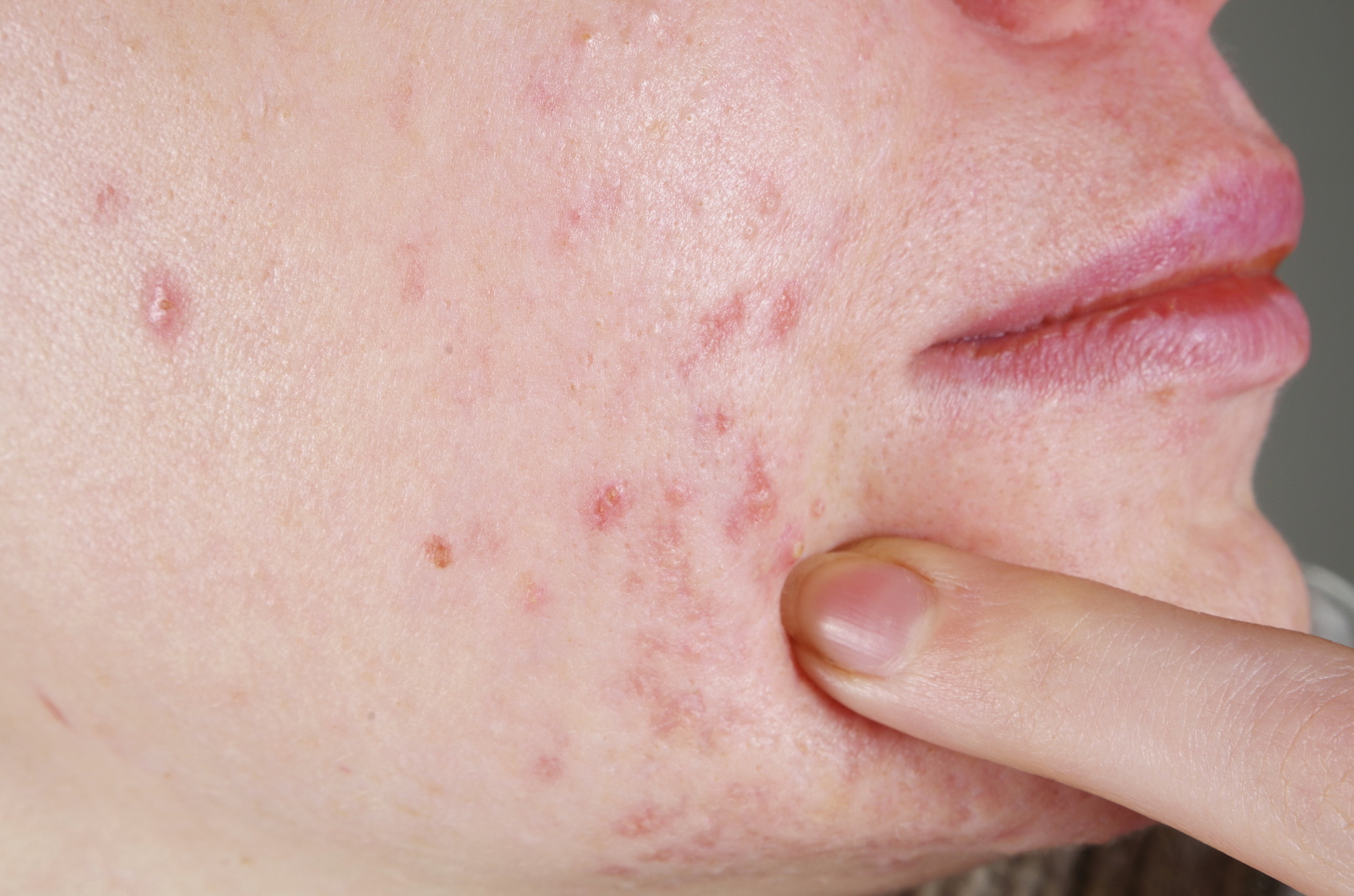
The Main Types of Acne Scars: A Simple Guide
Did you know that acne is the most common skin condition in the U.S.? According to the American Academy of Dermatology, it affects nearly 50 million individuals every year.
Depending on the severity, it can damage the skin and tissue underneath, resulting in a scar. For example, this can happen in those with cystic acne.
Are you dealing with that? Want to learn more about the different types of acne scars? If so, you’re on the right page. We’ll be going over the most common types below.
Keep reading to learn more!
1. Ice Pick Scars
Ice pick scars are small, sharp indentations that extend into the dermis. If anything, they resemble holes made by a sharp instrument or ice pick, hence their name. While they can occur anywhere, they’re often seen on the cheeks, chin, and jawline, where the skin tends to be thinner.
Treatment-wise, there are two steps. First, the physician will cut out the scar with a small cookie cutter-like tool. Depending on how deep the hole is, they’ll either glue the skin back together or fill it with a graft, which is usually taken from behind the ear.
While the procedure itself can leave a small scar, the results are usually much less noticeable than the original scar.
2. Rolling Scars
Rolling scars occur when fibrous tissue develops between the skin and the subcutaneous layer below. Shallow and wide, they have sloped edges, which gives the skin a rolling or wave-like appearance. Not only that but they may also be accompanied by raised marks.
As it is, these kinds of acne scars are usually treated with subcision. A minor surgical procedure, it involves breaking the fibers that are pulling down on the skin from below with a small instrument; this will release the indented skin, making it appear smoother.
3. Hypertrophic and Keloid Scars
Hypertrophic and keloid scars are raised scars that appear above the surface of the skin. The former is the same size as the acne that caused it while the latter tends to grow larger than the original lesion. They usually develop on the chest, back, jawline, and shoulders, especially in men.
Depending on the situation, a physician may recommend cryotherapy, silicone gels, laser treatments, or steroid creams.
Chemical peels that contain glycolic or salicylic acid (e.g. VI peels) can also help by removing the outer layers of the skin—you can search for a clinic by searching ‘VI peel near me‘.
Understanding the Different Types of Acne Scars
As you can see, there are several different types of acne scars, some of which are easier to treat than others. When in doubt, visit a dermatologist—they’ll be able to develop a treatment plan that’s suitable for your skin.
Did you find this post helpful? Looking for more articles like this one? Then be sure to check out the rest of our blog!
